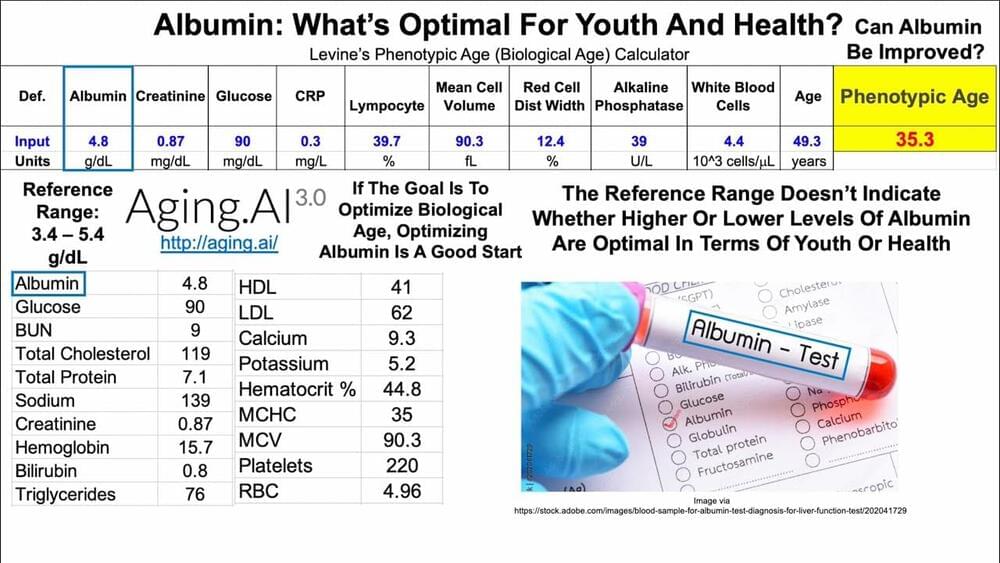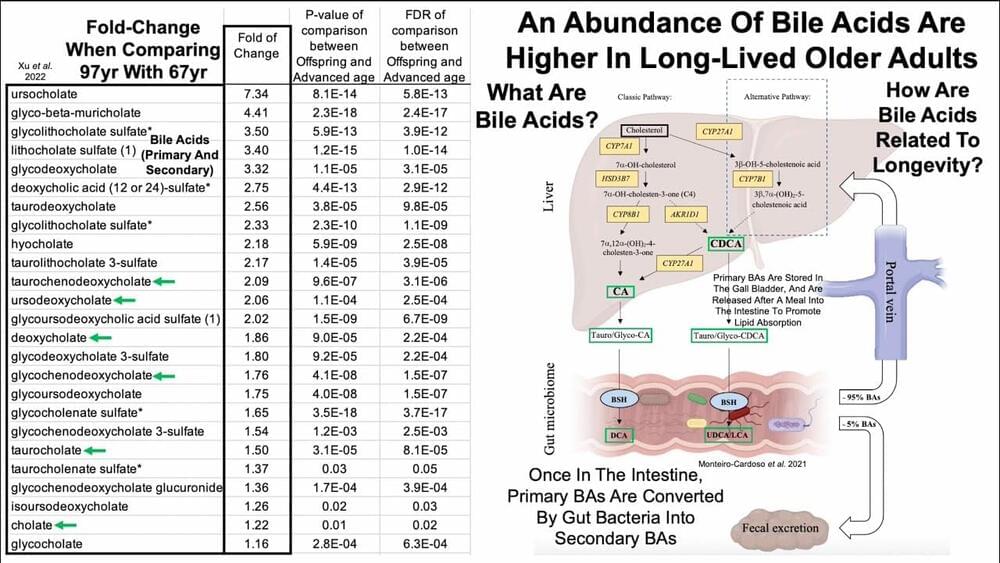Jul 8, 2022
What Does GABA Do in the Brain?
Posted by Dan Breeden in categories: biotech/medical, chemistry, neuroscience, sex
Despite the fact that sex is a basic instinct and a near-universal experience, we know remarkably little about it. And so, this week, we’re teaming up with our friends at Futurism, oracles of all things science, technology and medicine, to look at the past, present and future of pleasure from a completely scientific perspective.
For a while now, the neurotransmitter dopamine has been seen as the conductor of good feelings. It’s the subject of love songs, the seductress of biohackers and the ostensible “pleasure chemical.” But as research continues to uncover more about our brain’s reward system, dopamine is beginning to look less like the maestro and more like a member of the band.

















